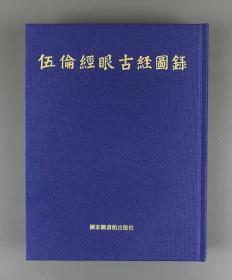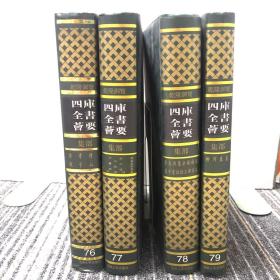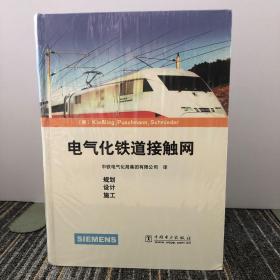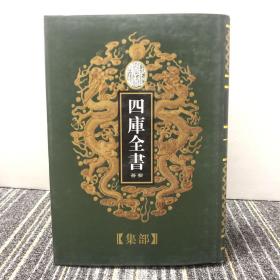
话语分析(新版)/语言学文库
正版现货 可开具图书发票 下单后当天即可发货
¥ 29.52 8.0折 ¥ 36.9 全新
库存12件
山西太原
认证卖家担保交易快速发货售后保障
作者(英国)布朗
出版社外语教学与研究出版社
ISBN9787560020068
出版时间2000-08
装帧平装
开本16开
定价36.9元
货号11536935
上书时间2024-09-23
- 在售商品 暂无
- 平均发货时间 5小时
- 好评率 暂无
- 店主推荐
- 最新上架
商品详情
- 品相描述:全新
- 商品描述
-
目录
Preface by Halliday
王宗炎序
导读
Preface
Acknowledgements
Transcription conventions
1 Introduction: linguistic forms and functions
1.1 The functions of language
1. 1. 1 The transactional view
1.1.2 The interactional view
1.2 Spoken and written language
1.2.1 Manner of production
1.2.2 The representation of discourse: texts
1.2.3 Written texts
1.2.4 Spoken texts
1.2.5 The relationship between speech and writing
1.2.6 Differences informbetween written and spoken language
1.3 Sentence and utterance
1.3.1 On data"
1.3.2 Rules versus regularities
1.3.3 Product versus process
1.3.4 On context
2 The role of context in interpretation
2.1 Pragmatics and discourse context
2.1.1 Reference
2.1.2 Presupposition
2.1.3 Implicatures
2.1.4 Inference
2.2 The context of situation
2.2.1 Features of context
2.2.2 Co-text
2.3 The expanding context
2.4 The principles of local interpretation and of analogy
3 Topic and the representation of discourse content
3. 1Discourse fragments and the notion topic
3.2 Sentential topic
3.3 Discourse topic
3.3. 1Topic framework
3.3.2 Presupposition pools
3.3.3 Sentential topic and the presupposition pool
3.4 Relevance and speaking topically
3.5 Speakers topic
3.6 Topic boundary markers
3.6. 1 Paragraphs
3.6.2 Paratones
3.7 Discourse topic and the representation of discourse content
3.8 Problems with the proposition-based representation of discourse content
3.9 Memory for text-content: story-grammars
3.10 Representing text-content as a network
4 Staging and the representation of discourse struc-ture
4 1 The linearisation problem
4.2 Theme
4.3 Thematisation and staging
4.3. 1Staging
4.3.aTheme as main charactertopic entity
4.3.3 Titles and thematisation
4.3-4 Thematic structure
4.3.5 Natural order and point of view
4.3.6 Theme, thematisation and staging
5 Information structure
5.1The structure of information
5.1.1Information structure and the notion givennew in intonation
5.t.2 Hallidays account of information structure: informationunits
5.1.3 ttallidays account of information structure: tone groups and tonics
5.1.4 Identifying the tone group
5.1.5 The tone group and the clause
5.1.6 Pause-defined units
5.1.7 The function of pitch prominence
5.2 Information structure and syntactic form
5.2.1 Given/new and syntactic form
5.2.2 Information structure and sentence structure
5.3 The psychological status of givenness
5.3.1 What does given mean?
5.3.2 A taxonomy of information status
5.3.3 The inormation status taxonomy applied to data
5.4 Conclusion
6 The nature of reference in text and in discourse
6.1 What is text?
6.1.1Cohesion
6.1.2 Endophora
6.1.3 Substitution
6.2 Discourse reference
6.2.1 Reference and discourse representations
6.2.2 Referring expressions
6.3 Pronouns in discourse
6.3.1 Pronouns and antecedent nominals
6.3.2 Pronouns and antecedent predicates
6.3.3 Pronouns and new predicates
6.3.4 Interpreting pronominal reference in discourse
7 Coherence in the interpretation of discourse
7.1 coherence in discourse
7.2 Computing communicative function
7.3 Speech acts
7.4 Using knowledge of the world
7.5 Top-down and bottom-up processing
7.6 Representing background knowledge
7.6.1 Frames
7.6.2 Scripts
7.6.3 Scenarios
7.6.4 Schemata
7.6.5 Mental models
7.7 Determining the inferences to be made
7.8 Inferences as missing links
7.9 Inferences as non-automatic connections
7.10 Inferences as filling in gaps or discontinuities in interpreta-tion
7.11 Conclusion
References
Subject index
Author index
文库索引
……
内容摘要
《话语分析(新版)》内容简介:Disourse analysis' is a term which has come to have different interpretations for scholars working in different disciplines. For a sociolinguist. it is concerned mainly with the structure of so interactionmanifested in conversation; for a psycholinguist, it is primarily concerned with the nature of comprehension of short written texts; for the computational linguist, it is concerned with producing operational models of text-understanding within highly limited contexts. In this textbook, the authors provide an extensive overview of the many and diverse approaches to the study of discourse, but base their own approach centrally on the discipline which, to varying degrees, is common to them all - linguistics. Using a methodology which has much in common with descriptive linguistics, they offer a lucid and wide-ranging account of how forms of language are used in communication.
Their principal concern is to examine how any language produced by man, whether spoken or written, is used to communicate for a purpose in a context. The discussion is carefully illustrated throughout by a wide variety of discourse types(conversations recorded in different so situations, extracts from newspapers, notices, contemporary fiction, graffiti, etc.). The techniques of analysis are described and exemplified in sufficient detail for the student to be able to apply them to any language in context that he or she encounters.
A familiarity with elementary linguistics is assumed, but the range of issues discussed in conjunction with the variety of exemplifcation presented will made this a valuable and stimulating textbook not only for students of linguistics, but for any reader who ishes to investigate the principles underlying the use of language i natural contexts to communicate and understand intended meaning.
This book makes for absorbing reading. It is very well-written, inspiring and clear. It isindispensable literature for anyone working in the field of discourse analysis.' Journal ofSemantics.
— 没有更多了 —



















以下为对购买帮助不大的评价